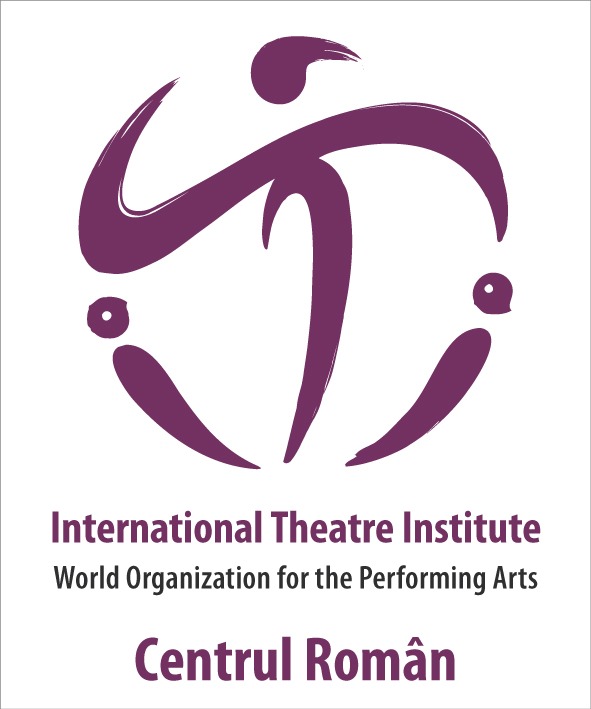The financial means of the retired persons don’t allow for them to satisfy their need for information and culture, which induces a negatire state of mind, especially in this category of persons – artists, people of culture.
Most of the members of this community are persons whose main interest is oriented towards their professional career, to the prejudice of their family interest.
The evaluation conducted during the program showed a high incidence of lonely persons (bachelors, divorced, widowers):: 16% of the men and 45% of the women.
Due to all these factors, retired artists end up being lonely and isolated, and some of them even reject the help from others. The loneliness of these people is even greater, taking into account that the need to be useful to society and the capacity to create (specific to the artist) are not diminished or lost once the person gets older. One of the results of the program was an increase of the number of beneficiaries taking part in creative-artistic activities.
The professional re-activation component of the program was aimed at finding different ways for elder artists to create and use their experience.
Professional re-activation activities:
- The Information Bulletin of the Artists’ Home, which also includes pages put together by the beneficiaries
- The Pleasure to Communicate is a micro-project addressing 6th and 7th grade children and it took place in School no. 55 and School no. 102 and the Placement Centre no. 8. Actors, together with the social assistants in the program helped children build their own shows starting from childhood-related themes, their own life experience and the problems they face at present.
- Theatre reading representations; the staging of the play Nysia, written by one of the beneficiaries, with the help of a team of 7 beneficiary actors.
- Bringing textbooks to life is a series of conferences held by the beneficiaries of the Rtists’ Home (in schools and high schools) during which, as part of counseling and orientation classes, the elder artists offer the students an image of the country’s cultural and historical past by discussing themes related to literature, music, history, architecture, theatre, etc.
- The most beloved books; theatre supports literature by encouraging and stimulating the desire to read
- Theatre show organized by the beneficiaries and presented and the Curtural Centre in district 4, at the Equilibre day centres and the Saint Luca Hospital-Asylum
- Creative workshops – bi-monthly
- Exhibition of plastic art
- Theatre in nthe schools – organized in three schools from district 6; the project is three years old and it trained 6 retired actors in using a specific and modern working method which they are very successful at putting into practice.
- The Artists’ Home Magazine

